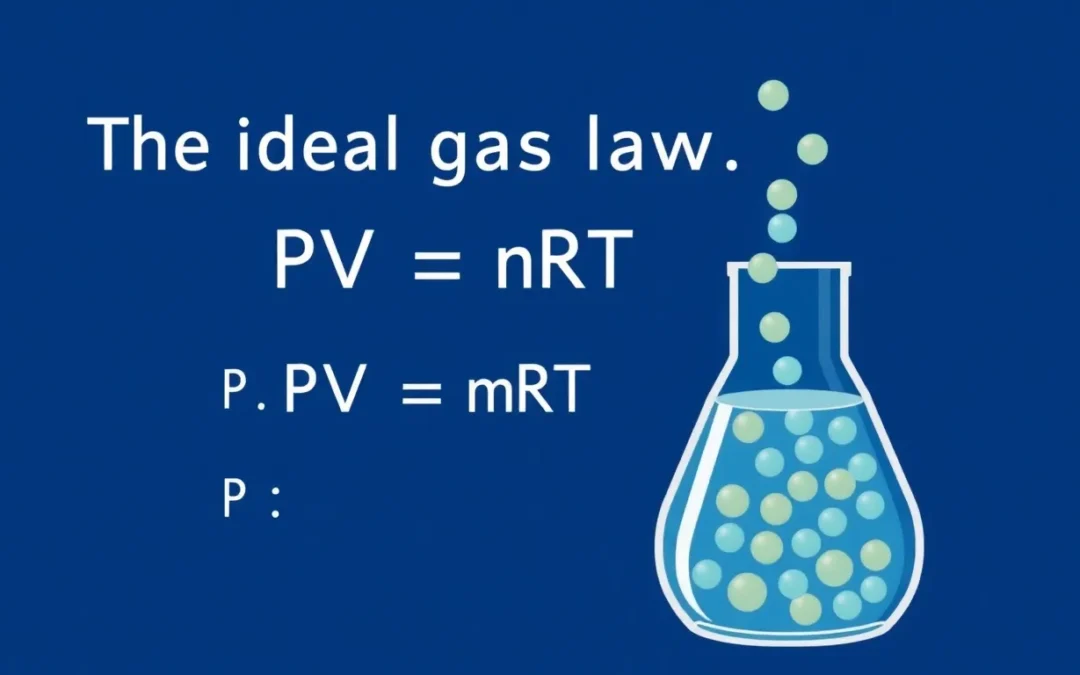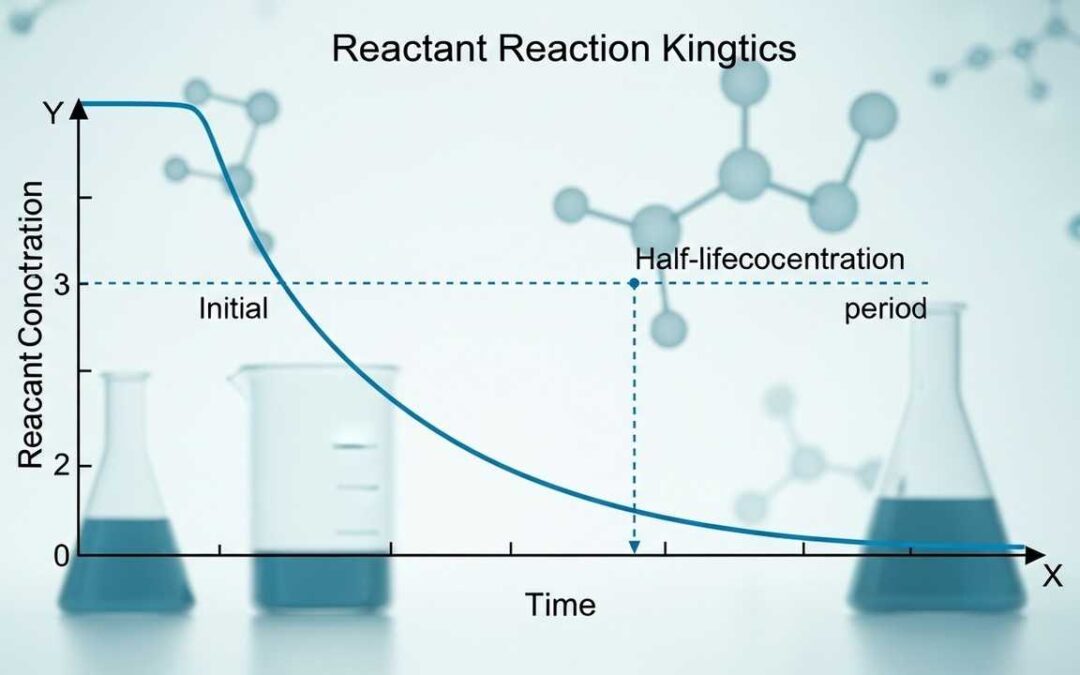Using organic fertilizers is a widely accepted practice in the agricultural industry. Farmers use them to cultivate their fields and row crops, winemakers utilize them for growing grapes, and horticulturists apply a liberal dose of these during the landscaping of their orchards or turfs.
Liquid organic fertilizers are a safe and effective way of providing your plants with the best nutrient supply without harming them or increasing the soil’s acid content. Liquid organic fertilizers act as agents to effectively increase the content levels of nitrogen, phosphate, and potassium. Because these three substances are the three major nutrients that plants need, liquid organic fertilizers thus provide plants with an abundant food supply essential for their growth.
Liquid organic fertilizers are especially important in helping plants overcome the tension involved in transplanting, cold weather, or dry season. Because liquid organic fertilizers help enrich the soil, they assist in removing the risk of soil nutrient deficiency.
There are two basic methods of application for liquid organic fertilizers – through spraying or through direct application to the soil around the plant. Spraying is the more commonly used method of applying liquid organic fertilizers. This is because plants usually take in nutrients through their leaves and stem where their stomata are located. Liquid organic fertilizers sprayed on plant leaves and stem allow them to absorb the nutrients faster.
The other method used for applying liquid organic fertilizers is called direct or tea application. Liquid organic fertilizer’s direct application is like adding tea to the soil around the plant. Liquid organic fertilizer direct application still has the same nutritional composition as the spray type. The only difference is that with the liquid organic fertilizer direct application method, nutrients such as nitrogen and potash may be wasted because they are not easily absorbed by the plants.
There are several types of liquid organic fertilizers available in the market. The most common liquid organic fertilizer is fish emulsion. Made from ground-up and liquefied fish parts, fish emulsion liquid organic fertilizer contains trace elements essential for plant growth. Fish emulsion liquid organic fertilizer also has a high content level of nitrogen, the nitrate source for plants. Fish emulsion liquid organic fertilizer may be sprayed on the plant’s foliage or applied directly as tea.
Liquid organic fertilizers can also be made from earthworm castings. Earthworms play a major role in providing the soil with minerals and vitamins that help plants grow and this is what led scientists to manufacture earthworm-based liquid organic fertilizer.
Another type of liquid organic fertilizer is bat guano. Several more manufacturers have produced liquid organic fertilizers containing any combination of the following: fish meal, soybean protein extract, rock phosphate, bone ash, potassium carbonate, magnesium carbonate, sea kelp, and humic acid.







0 Comments